Backcountry skiing allows you to glide through untouched snow, away from the crowds, and explore limitless mountain adventures in peace. Sounds impressive? That’s backcountry skiing!
Your bindings play a crucial role by integrating boots into skis, ensuring both safety on ascents and stability on descents. Choosing the wrong bindings can make your experience difficult, while the right ones enable effortless climbs and secure descents.
Understanding the different types of ski bindings can help. Some are designed for lightweight efficiency on long climbs, while others prioritize performance for aggressive descents.
What You Should Know About Backcountry Ski Bindings
Bindings are oftentimes overshadowed by skis and boots when it comes to performance, but they are equally important for safety.
Unlike alpine bindings, which always keep the heel locked, backcountry bindings allow for free-heel movement when ascending. This makes climbing on steep slopes, negotiating deep snow, and enduring harsh weather conditions easier.
There are three types of bindings used in the backcountry:
Frame AT Bindings – Traditional and stable for those transitioning from resort skiing.
Tech Bindings (Pin Bindings) – Lightweight and efficient, designed for long climbs.
Hybrid Bindings – A combination of both, offering a balance between weight savings and security.
Each binding type has its advantages and trade-offs. The best choice depends on skiing style, terrain, and individual preferences.
Frame AT Bindings: The Classic Choice
Frame AT bindings (Alpine Touring bindings) are popular for beginners in backcountry skiing. They resemble standard alpine bindings but have a touring mode that allows the heel to lift for climbing.
Advantages of Frame AT Bindings:
Compatible with regular alpine boots – No need for special touring boots.
Excellent downhill stability – It feels like a traditional ski binding.
Ideal for resort skiers transitioning to backcountry – Familiar design with added touring capability.
Drawbacks of Frame AT Bindings:
Heavy – The entire frame adds extra weight, making long ascents more tiring.
It is less efficient for climbing and doesn't offer the same natural stride as tech bindings.
Tech bindings have earned recognition as the tIt is souring for their outstanding uphill capabilities. They deliver optimal performance in long-distance skiing and endurance-based activities that require reduced loads.

Tech Bindings: Lightweight and Efficient
Hybrid bindings incorporate specific elements from frame AT and tech bindings to improve stability and performance for users.
Equipment designed for multidirectional movement through snow and ice features bindings incorporating a tech-toe climbing section or an alpine heel-descending section.
Advantages of Tech Bindings:
Extremely lightweight – Helps conserve energy on long climbs.
More efficient uphill movement – Allows for a smooth, natural stride.
Secure enough for aggressive descents – Modern designs have improved downhill performance.
Drawbacks of Tech Bindings:
It requires special boots. It only works with boots that have tech inserts.
Less shock absorption – Some models can feel less stable on rough terrain.
Tech bindings are the best touring bindings for those prioritizing uphill performance. They are handy for long tours and multi-day expeditions, where weight savings are crucial.

Hybrid Bindings
Hybrid bindings combine features from frame AT and tech bindings, offering a middle ground between stability and efficiency.
These bindings typically have a tech toe for climbing and an alpine-style heel for descents.
Advantages of Hybrid Bindings:
Strong downhill performance – Great for aggressive skiing.
More boot compatibility – Some models work with multiple boot types.
Balance between weight and stability – Lighter than frame AT bindings but more secure than tech bindings.
Drawbacks of Hybrid Bindings:
Heavier than tech bindings – Not as light as pure pin setups.
More expensive – High-performance hybrids can be costly.
This binding system will benefit ski enthusiasts who need efficient climbing ability and descent safety. These bindings effectively perform in various snow conditions between powder and ice hills.
Walkski by Snowfeet: An Innovative Alternative
The innovative product Walkski by Snowfeet introduces a novel way to use regular insulated winter boots with backcountry skis and bindings. These short-touring skis allow using standard insulated winter boots so more outdoor enthusiasts can participate in adventure sports.
What Makes Walkski Unique?
The product functions with any regular insulated winter boot while eliminating the requirement for ski boots.
These products maintain portability because their 100 cm length makes them convenient for stable handling.
Users can deploy these skis on snowy trails, packed snow surfaces, and gentle backcountry areas.
These basic skis work perfectly for people who want easier exploration of winter terrain.
Walkski is a creative way to experience backcountry skiing. It enables anyone to venture outdoors without requiring specialized equipment. This product, available at the Snowfeet Store, offers an exciting alternative to winter adventures.
Choosing the Best Backcountry Ski Bindings
Choosing the right backcountry ski bindings is crucial. The wrong choice can lead to exhausting climbs, unstable descents, or boots that don’t fit your bindings. But don’t worry—I’ll simplify everything so you can make the best decision.
1. Your Skiing Style – What’s Your Priority?
Before anything else, ask yourself: What kind of skiing do you love?
Downhill Thrills
If you love fast, stable descents and control is your top priority, go for frame AT bindings or hybrid bindings. These give you the security of alpine ski bindings while allowing uphill movement. They’re ideal for aggressive skiers who want a traditional feel with backcountry flexibility.
Lightweight & Efficient
If you're focused on long backcountry tours and energy savings, tech bindings (also called pin bindings) are the way to go. They’re super light, making uphill climbs much easier and more efficient. However, they require skill when skiing downhill, as they provide less support than heavier options.
Casual & Convenient
Not everyone is a hardcore skier, and that’s fine! If you just want an easy way to explore the snow, Walkski bindings by Snowfeet are a fun, hassle-free option. Unlike traditional ski bindings, these let you use regular winter boots, making them perfect for relaxed adventures.
2. Boot Compatibility – Will Your Boots Work?
Verify boot and binding compatibility before purchasing to prevent future installation problems.
Frame AT bindings allow you to use traditional alpine ski boots, which makes them a good choice for existing boot owners. Ski boots compatible with these bindings serve individuals who experience winter sports within park borders and off-trail areas.
Tech bindings operate exclusively with ski boots having small metal toe and heel tech inserts. Without tech inserts, your shoes will not work correctly with tech bindings. Before purchasing, verify that your shoes can be used with tech bindings.
They are more flexible and often work with multiple bot types. However, always check the specific model to ensure it fits your gear.
The most versatile of all are definitely Walkski by Snowfeet. Unlike the others, these allow you to use regular winter boots, making them a great choice for casual skiers who don’t want to invest in expensive ski boots.
3. Weight vs. Stability – What Matters More to You?
Bindings come with a trade-off: lightweight designs make climbing easier, while heavier bindings provide better stability.
Tech bindings are during steep descents and are not the lightest option, but they are great for long ski tours where every gram matters. They make uphill climbs effortless, but they lack stability on the path or in rough descents, and they are s. Not ideal for beginners.
Frame AT bindings are heavier but super sturdy. They offer excellent support for steep downhill runs and are a solid choice for prioritizing stability and control.
Hybrid bindings – A mix of weight savings and security. These are great if you want versatility, as they let you enjoy uphill efficiency and downhill performance.
4. Ease of Use – How Simple Do You Want It?
Some bindings are easier to handle than others, especially when dealing with deep snow or tricky conditions.
Tech bindings – These take some getting used to. Stepping in and out requires precision, which can be frustrating in deep snow. If you’re new to backcountry skiing, expect a learning curve.
Frame AT bindings – Much of which can be frustrating in deep snow hill ski bindings before, these will feel familiar and easier to operate.
Walkski bindings – By far the easiest option. There is no need to fiddle with complicated adjustments—just strap in with your winter boots and enjoy. Perfect for beginners or casual skiers who want a hassle-free experience.
Final Thoughts
Selecting the best backcountry ski bindings depends on individual needs and goals. Those new to backcountry skiing may prefer frame AT bindings for familiarity and downhill stability.
More experienced skiers focused on long ascents will benefit from tech bindings due to their lightweight design. For those seeking a balance of both, hybrid bindings provide an excellent middle ground.
For adventurers seeking a unique approach, Walkski by Snowfeet Store offers an innovative way to explore winter landscapes without traditional ski boots.
Before use, every type of binding needs to be properly matched with your skis and boots—an adequately organized combination of equipment ensures comfort during backcountry skiing while improving enjoyment.

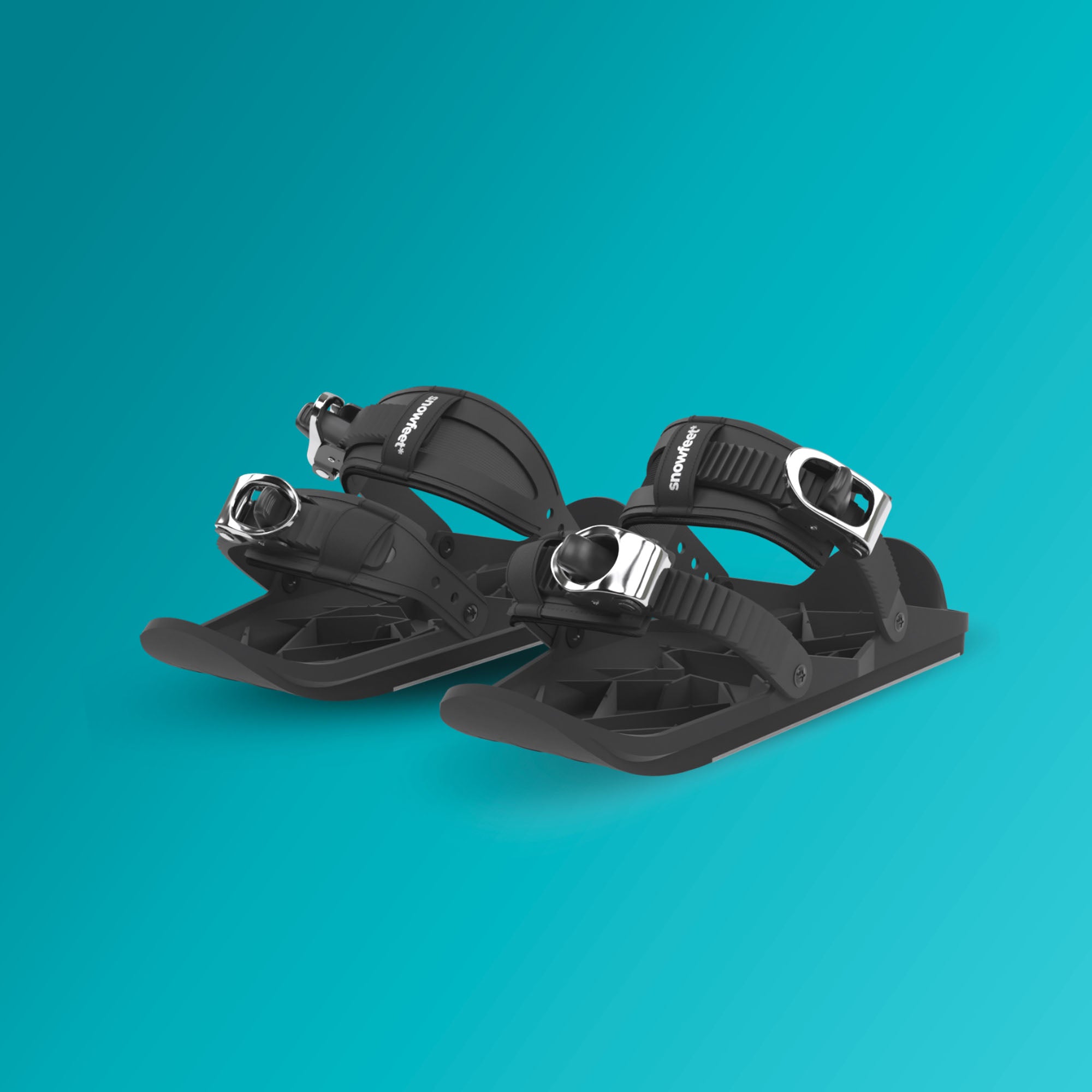


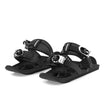
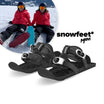

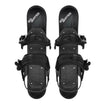


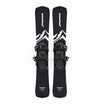
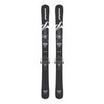
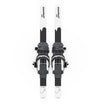
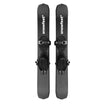
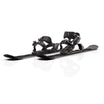
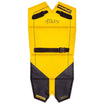

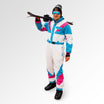
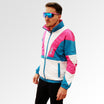
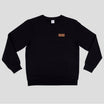
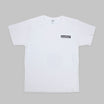
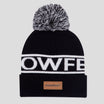
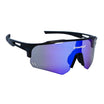
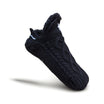
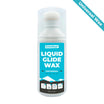
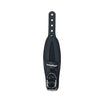
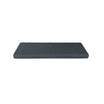
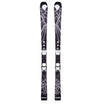

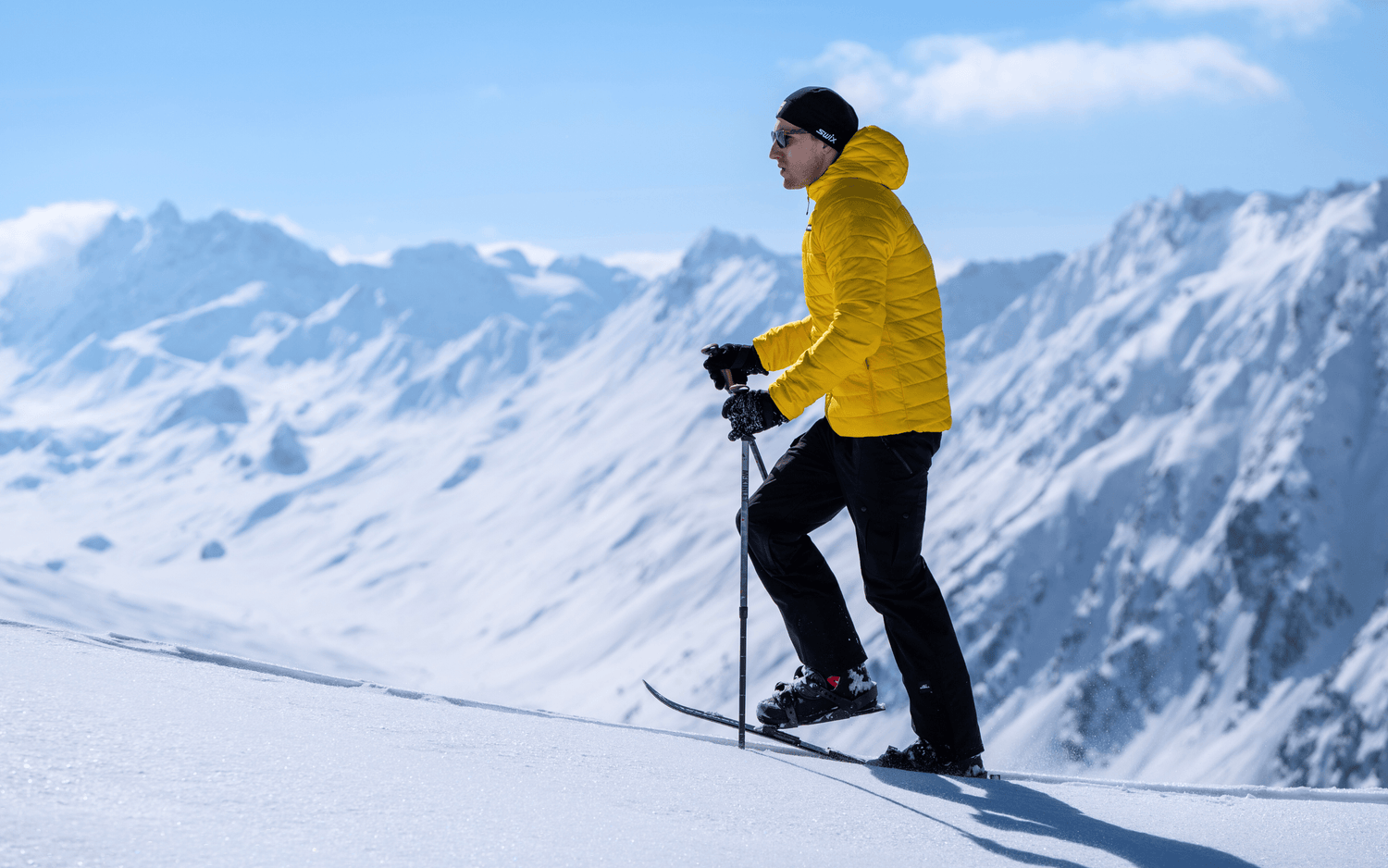





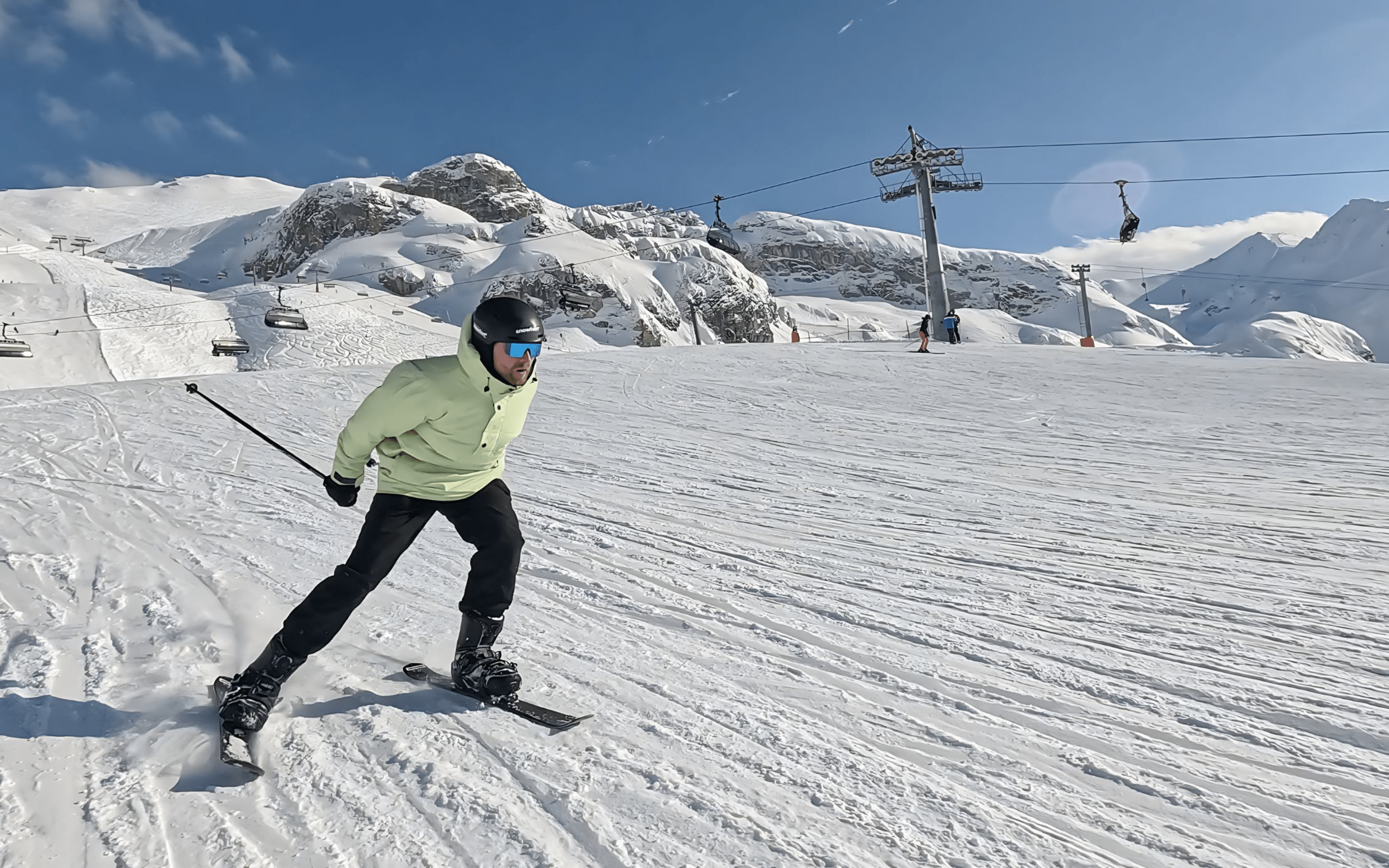

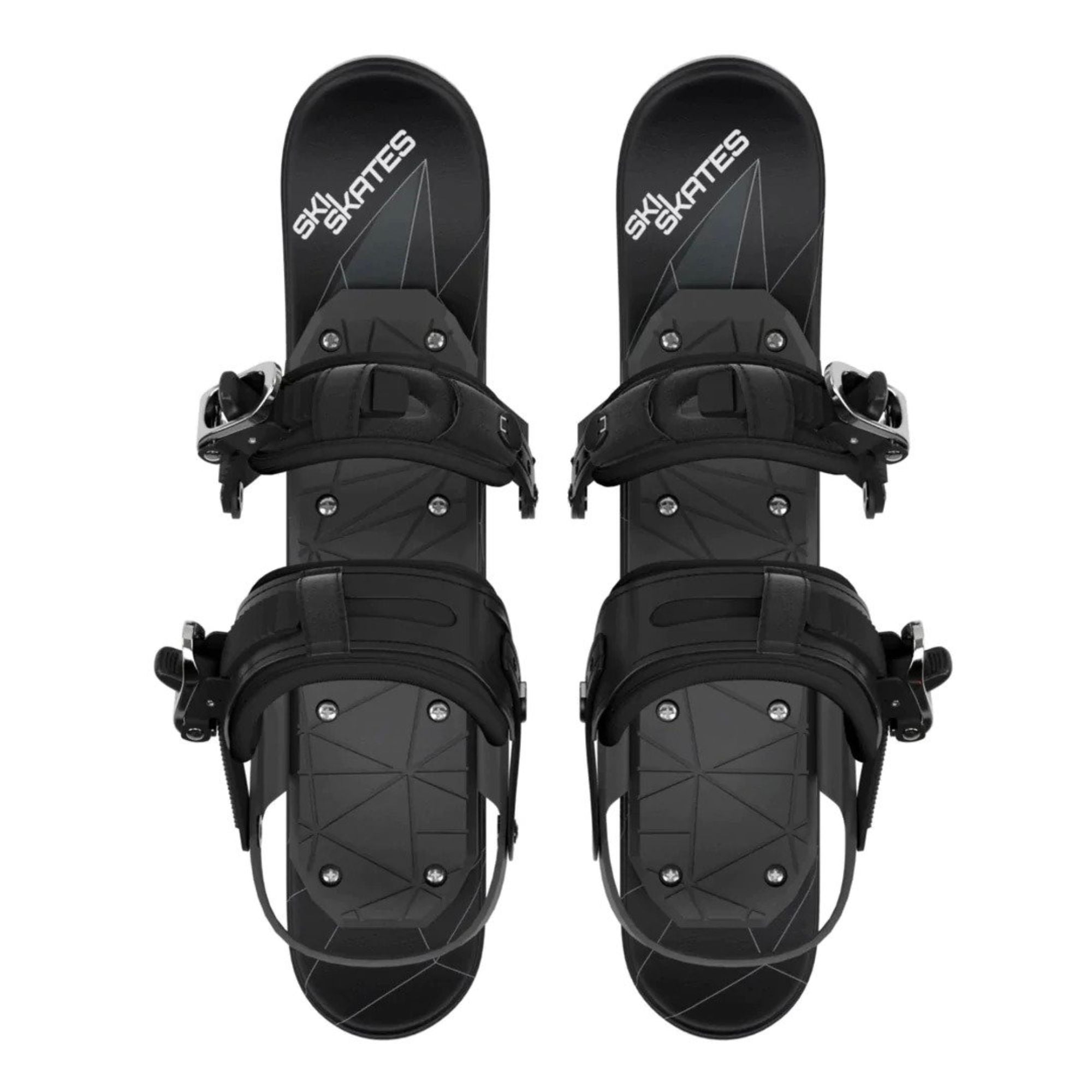
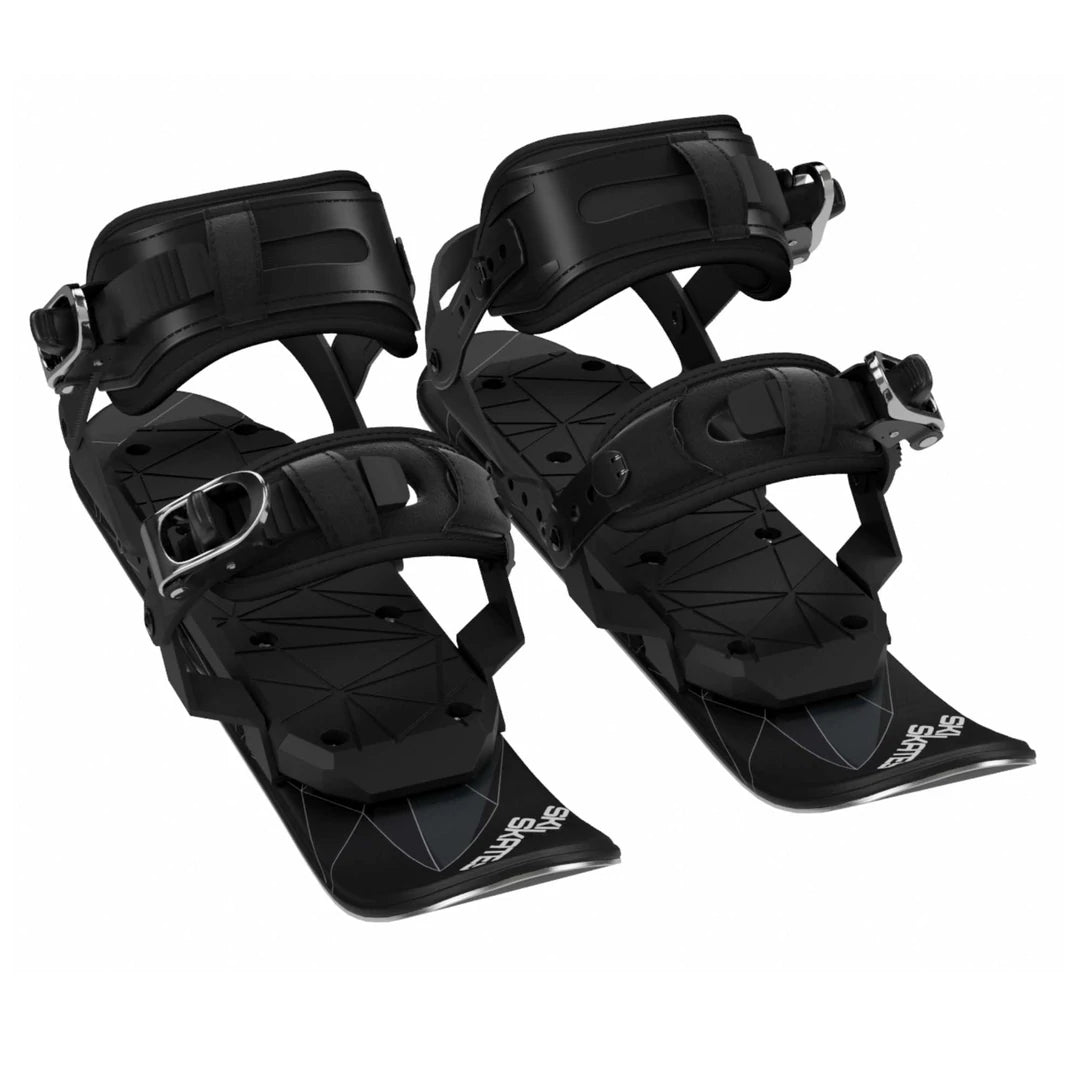
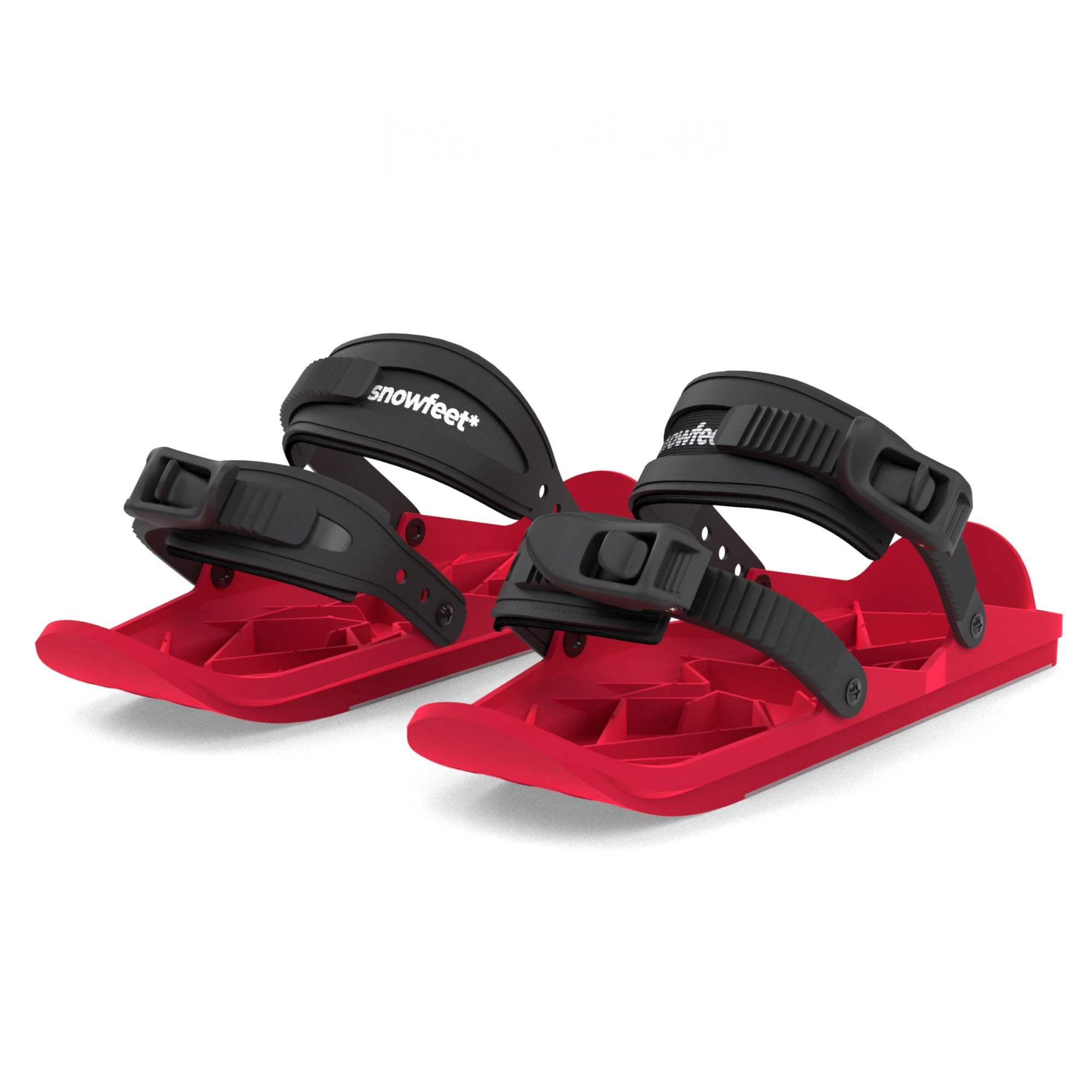
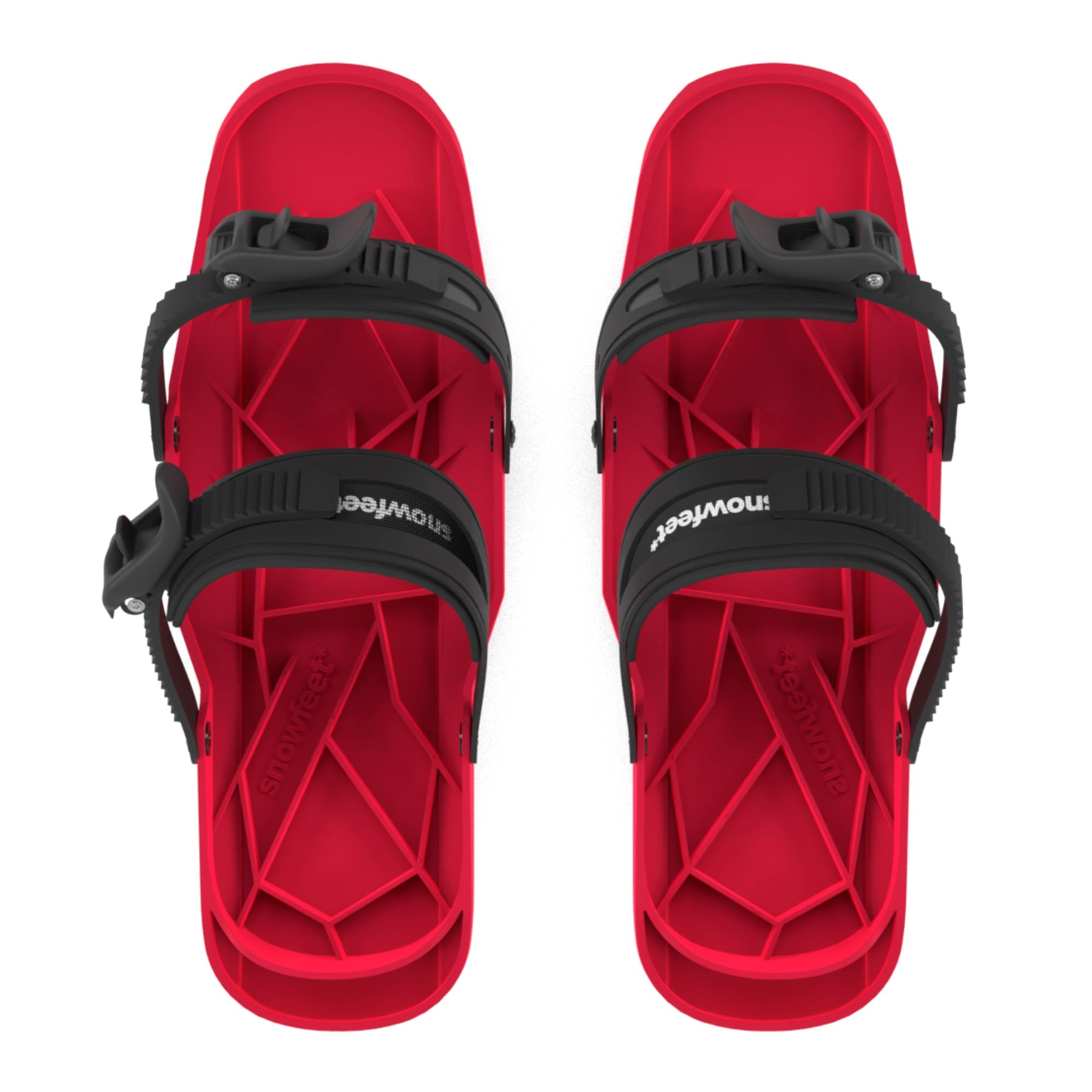




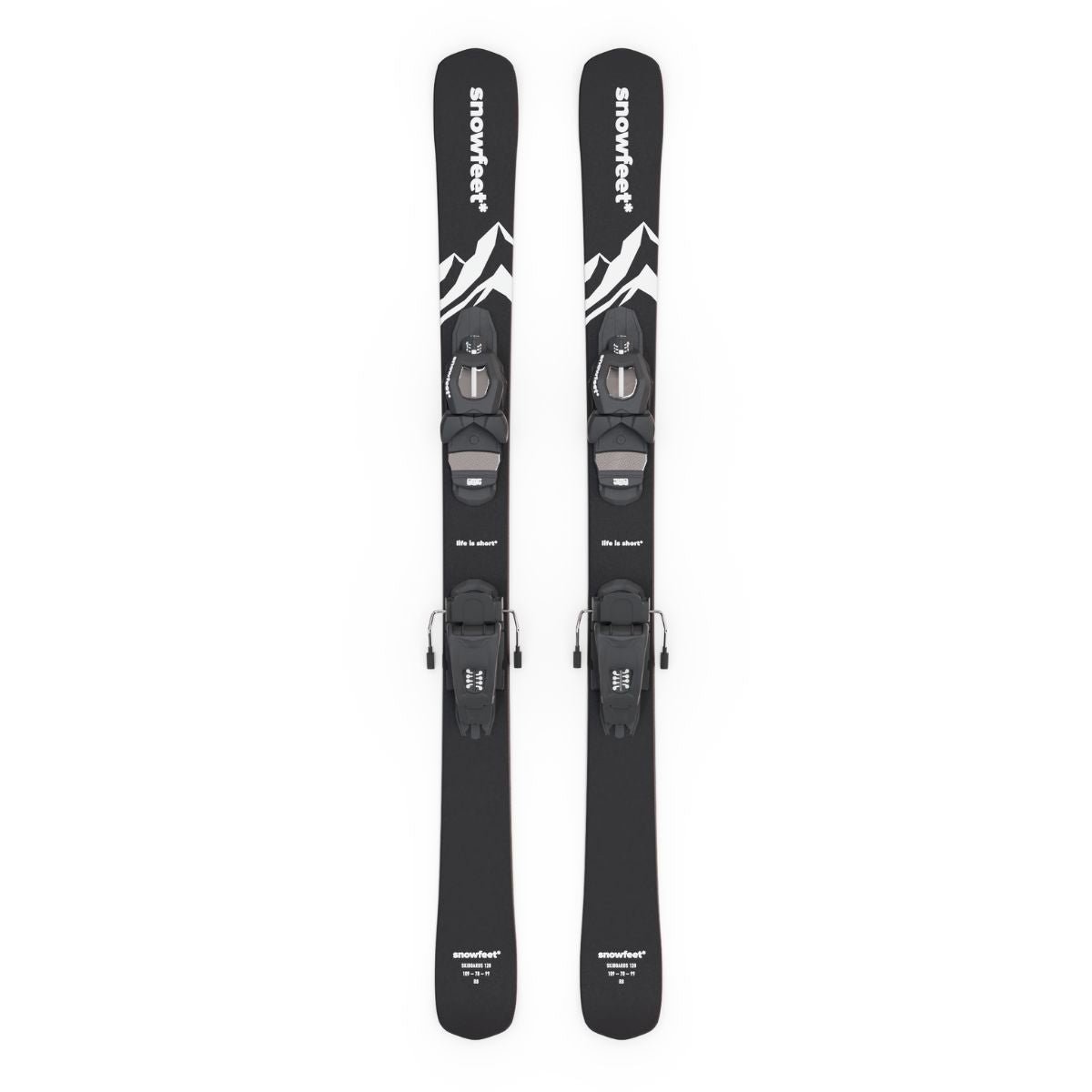
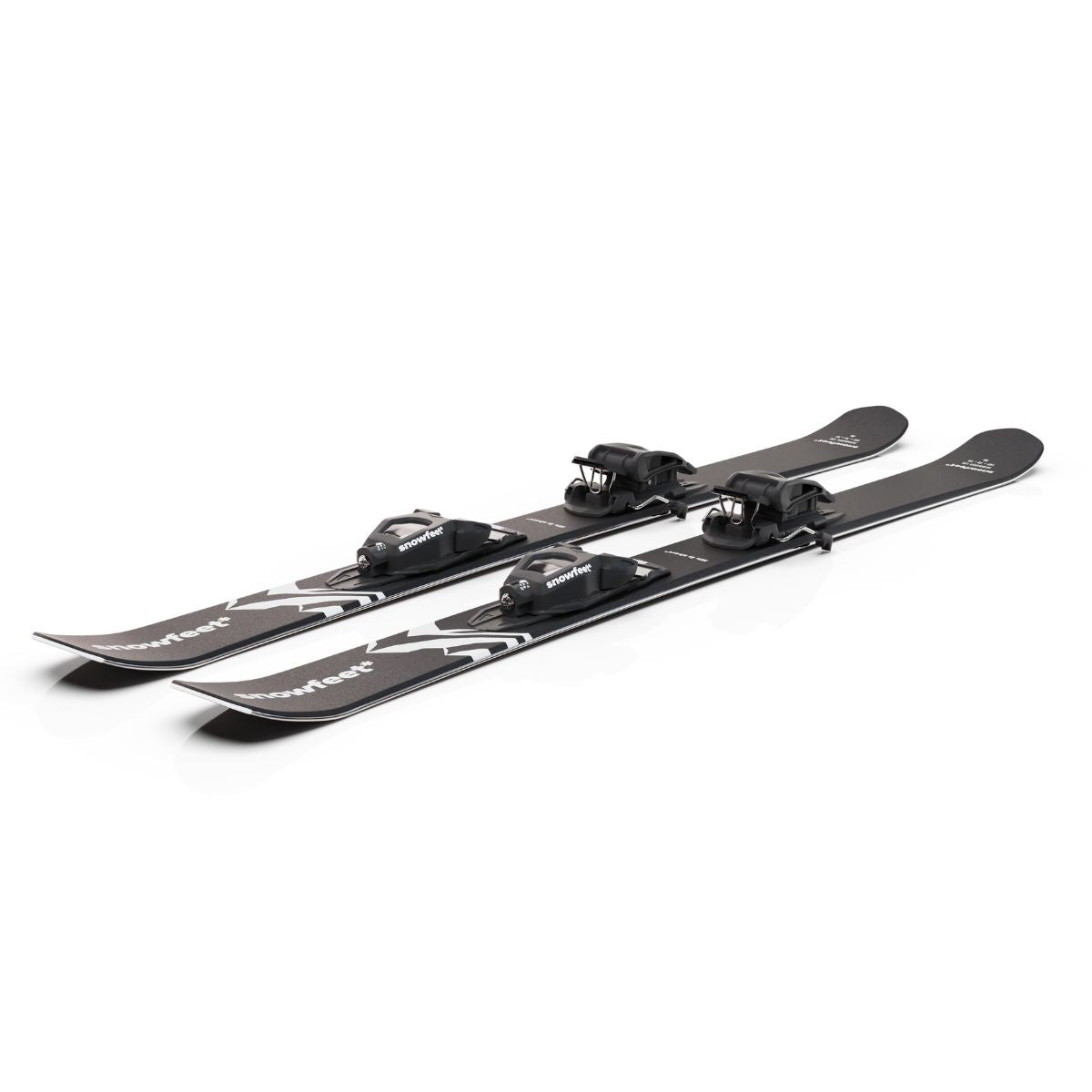
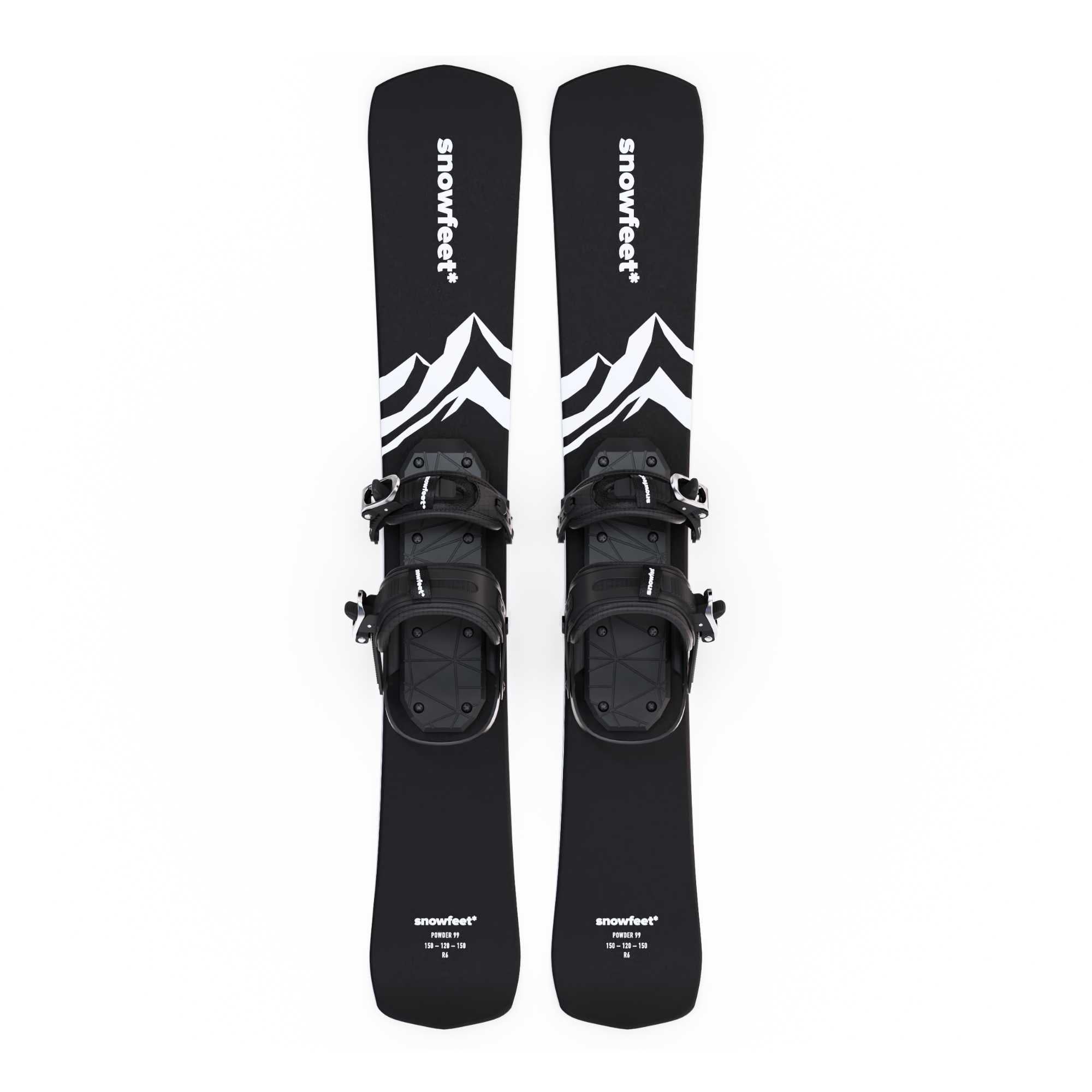
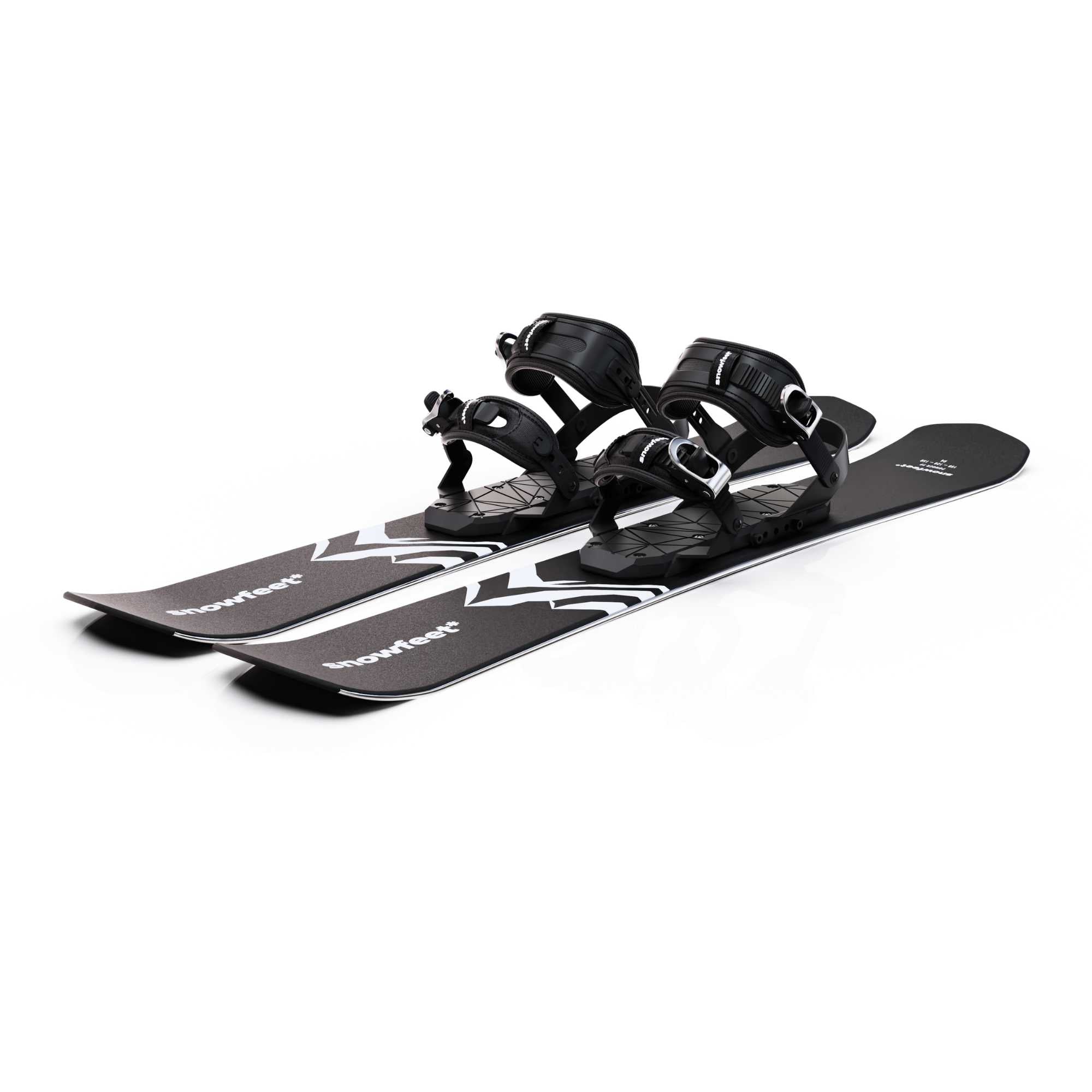
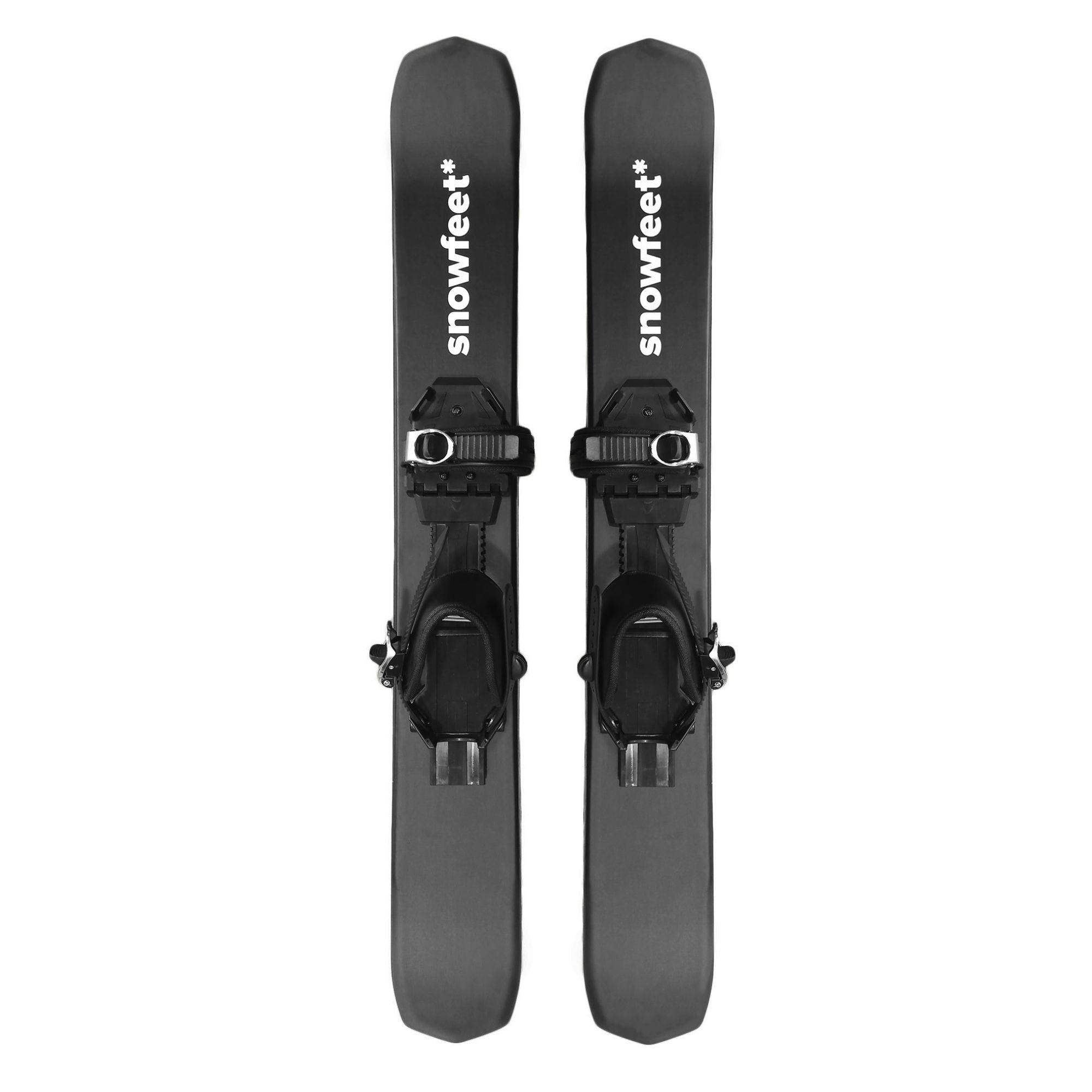
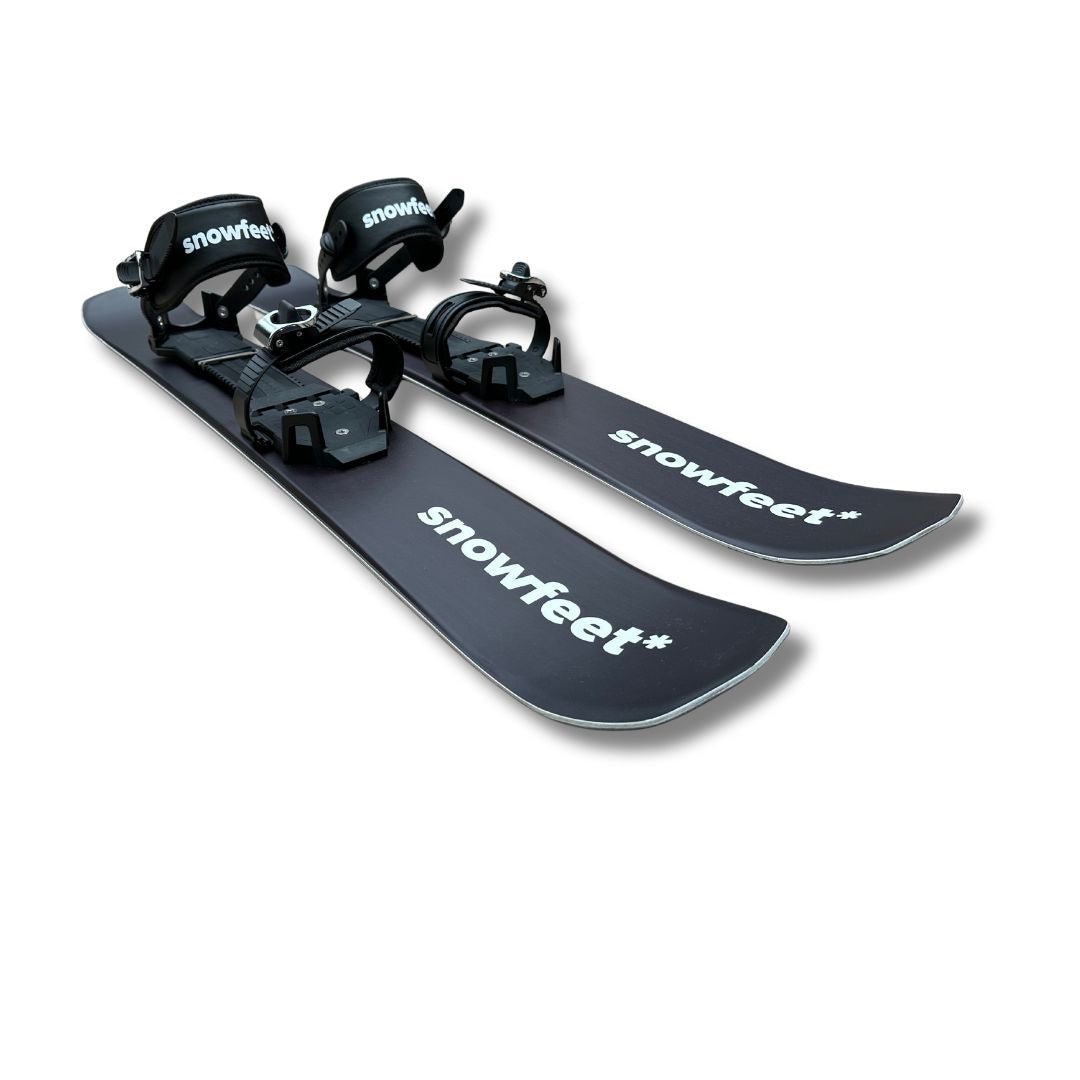
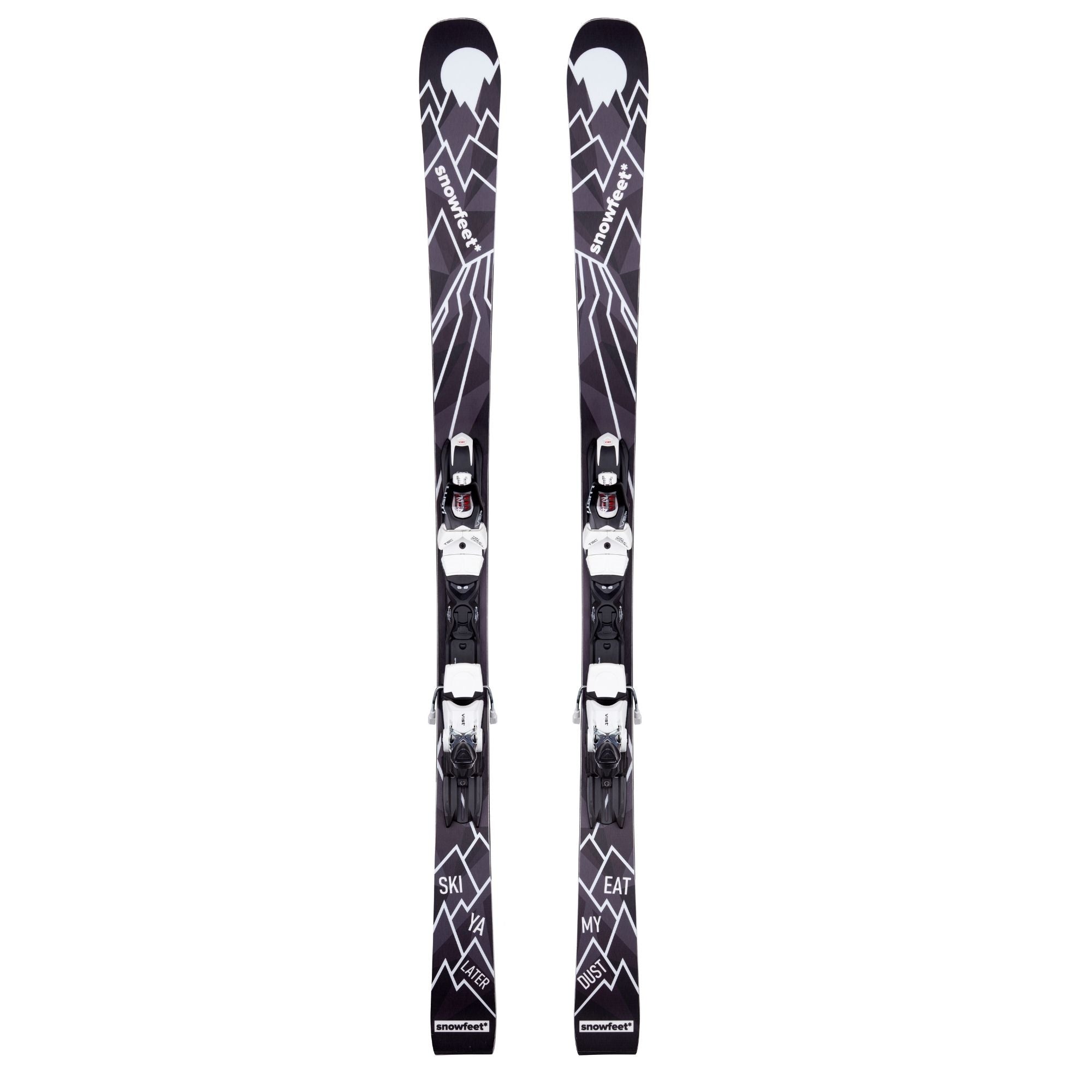
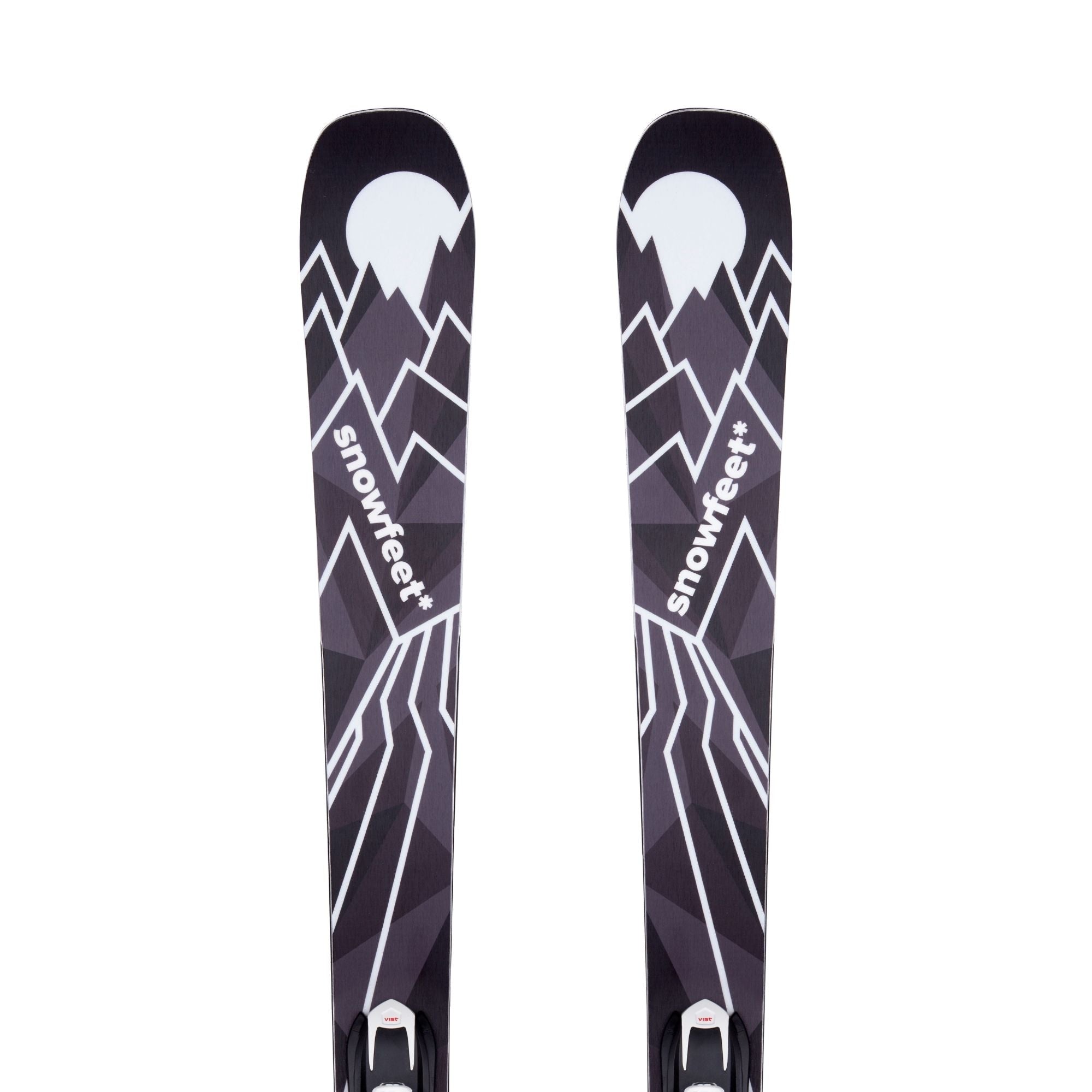
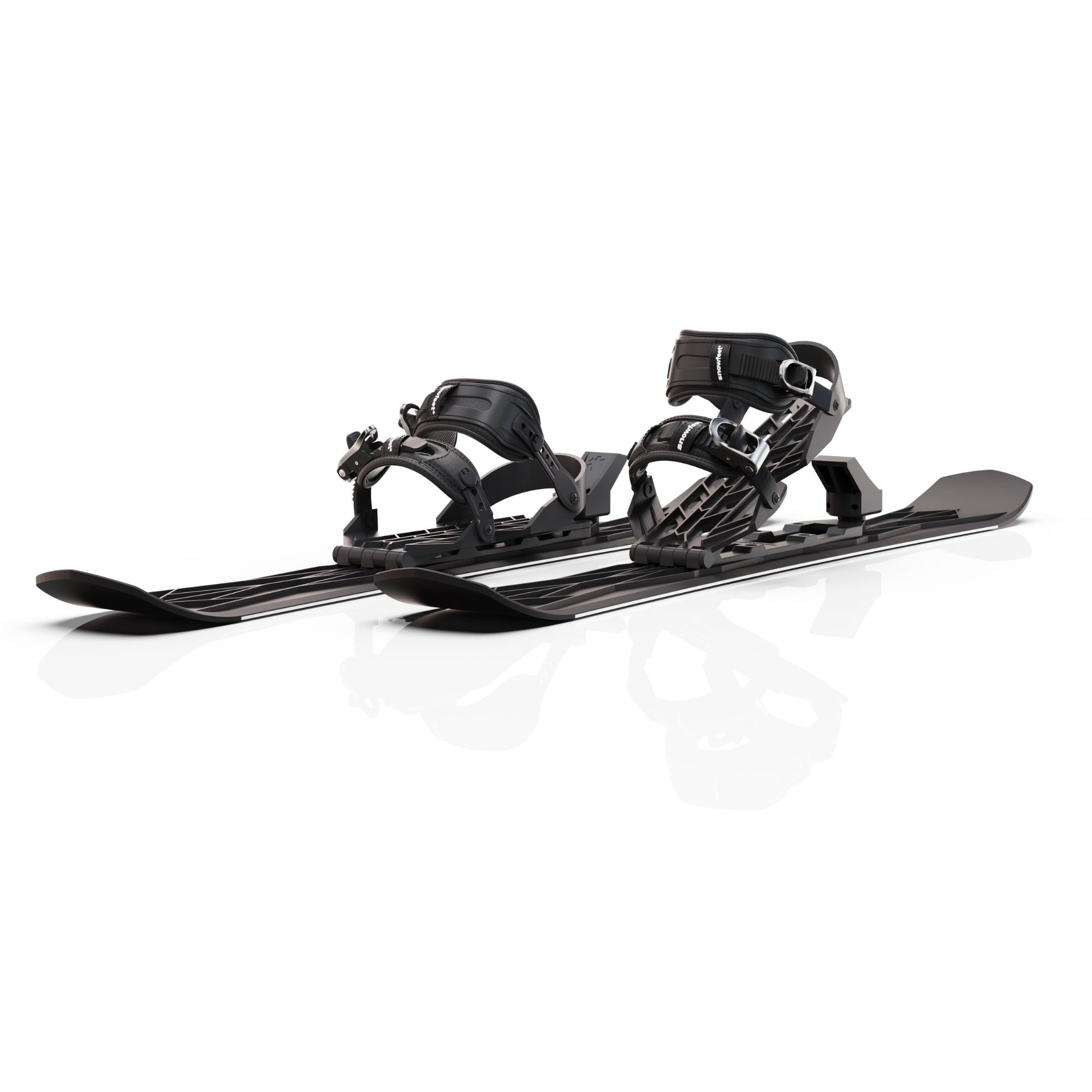

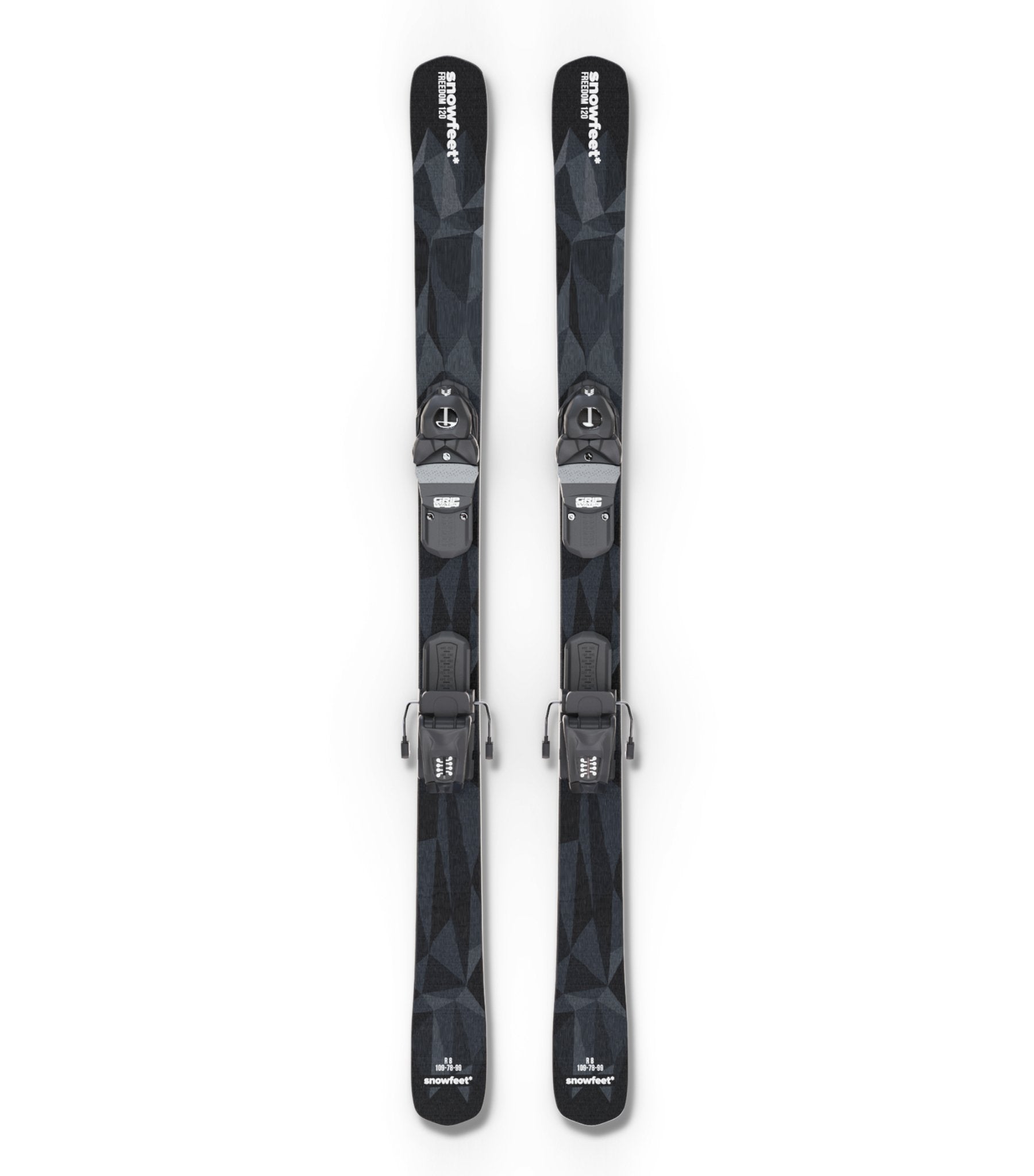
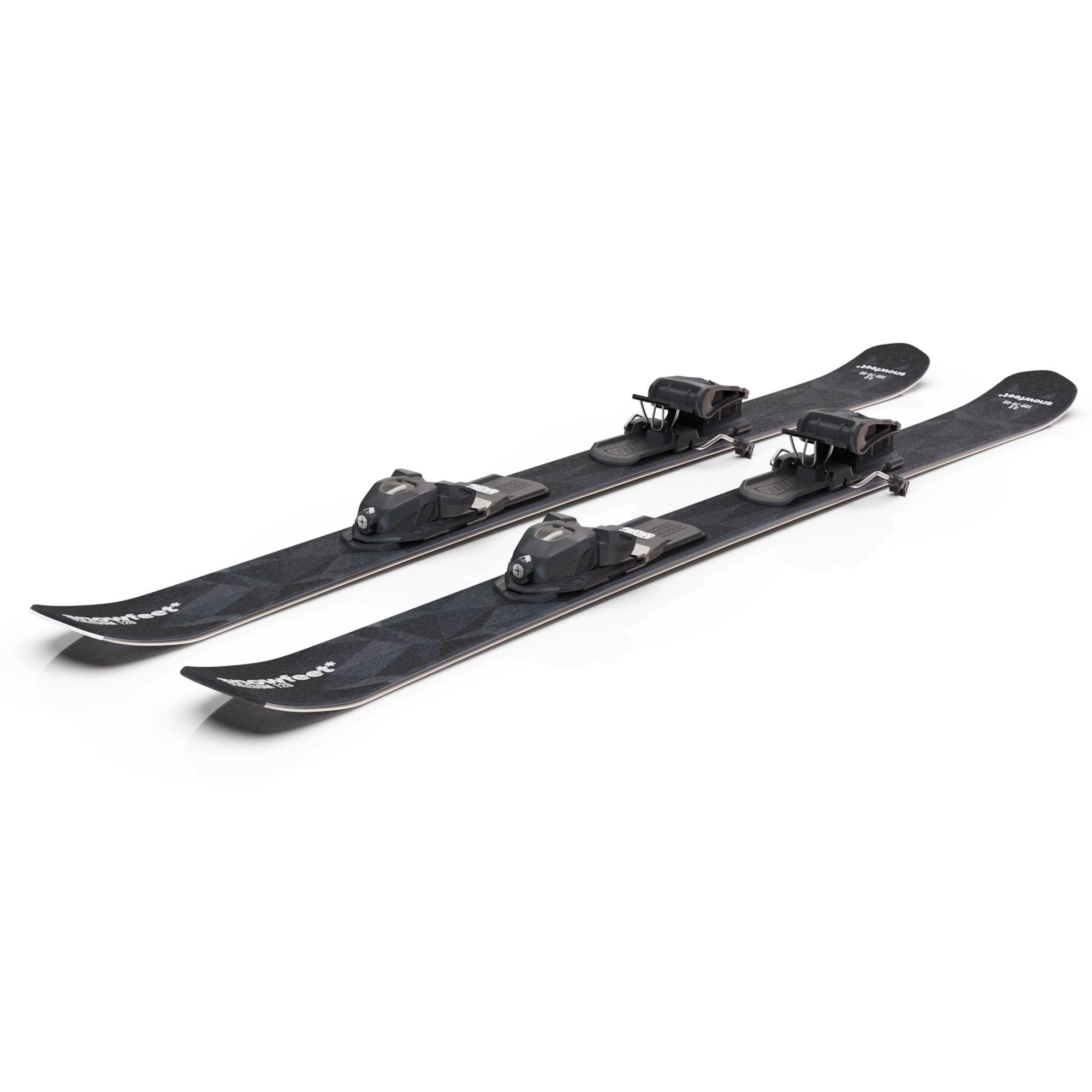
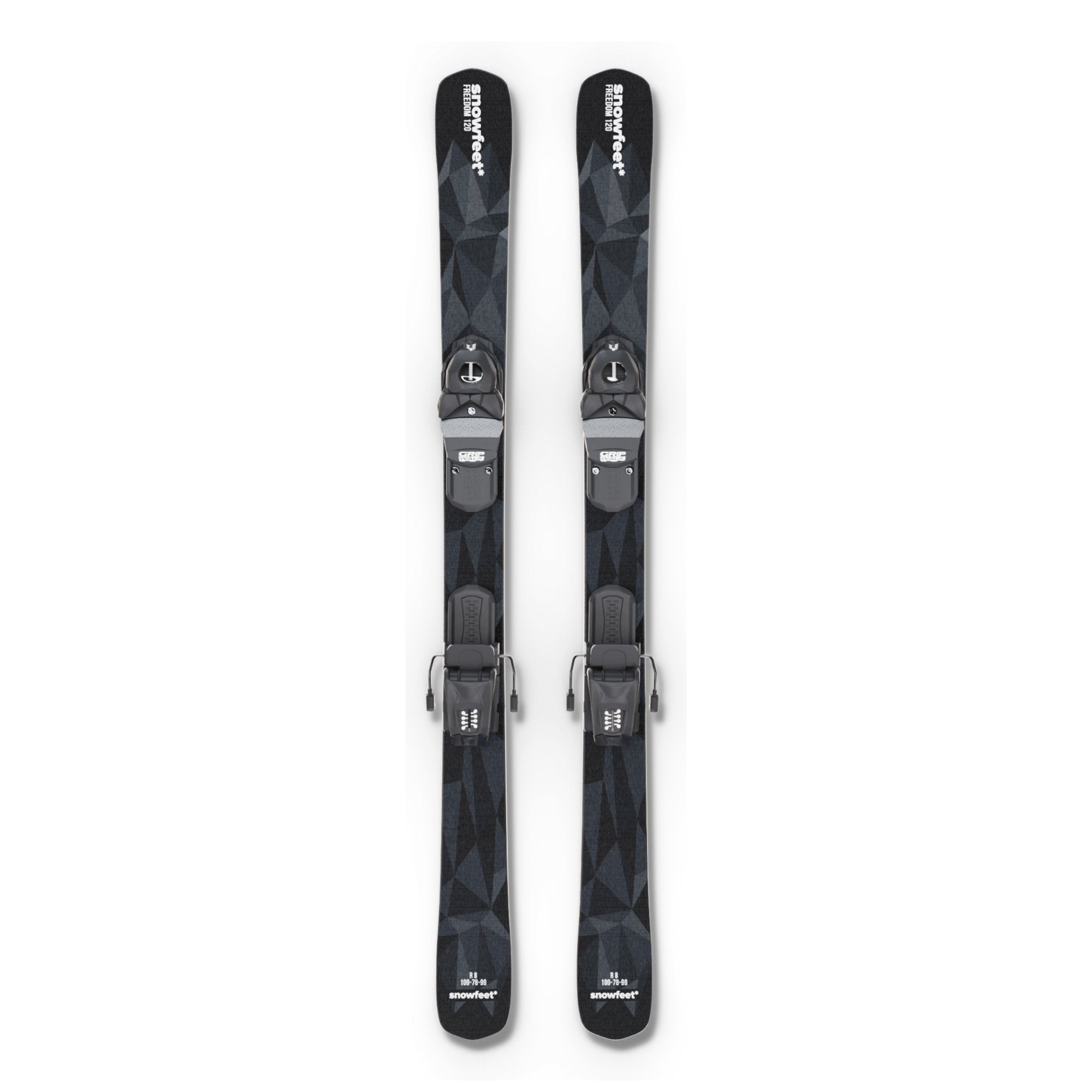
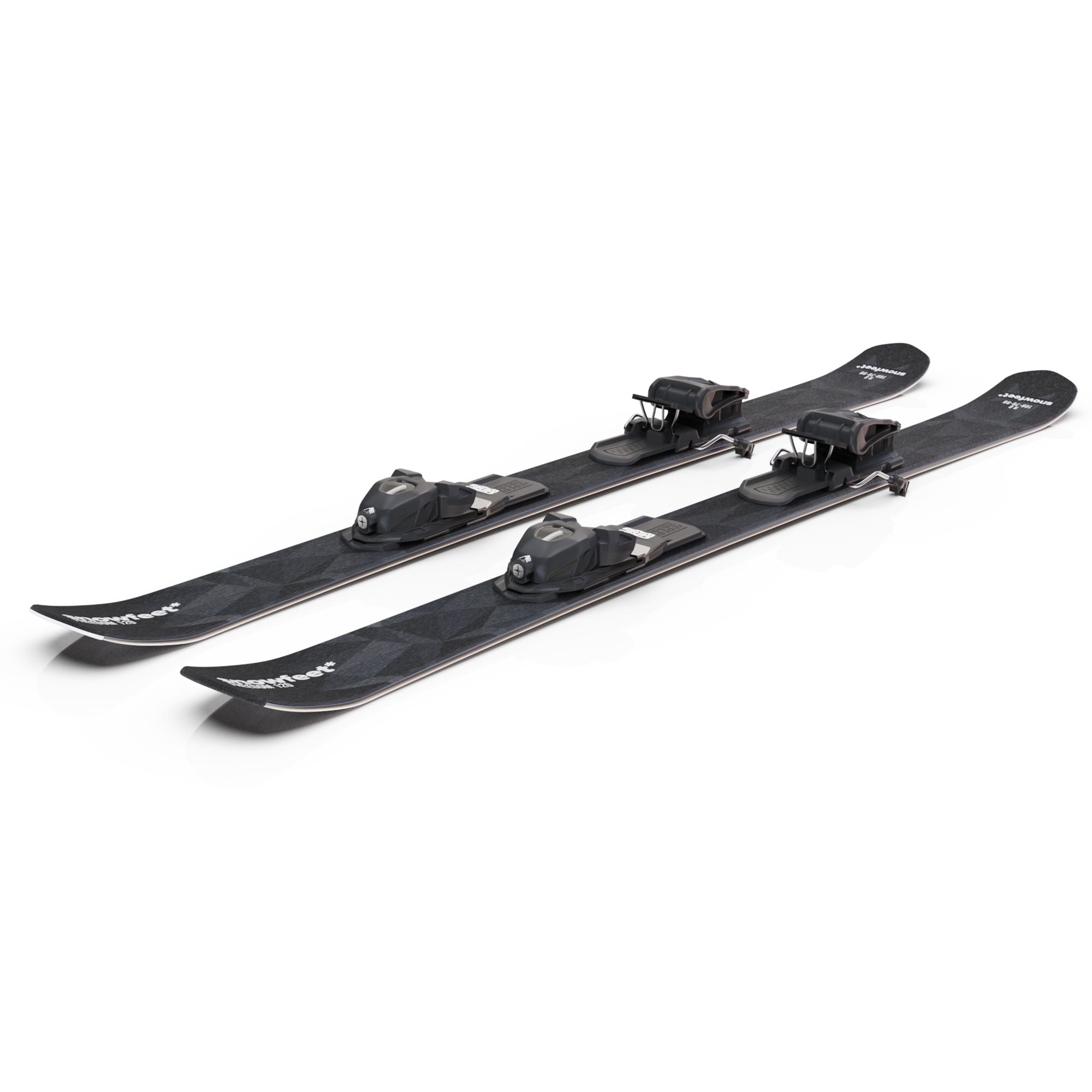
Commenta
Questo sito è protetto da hCaptcha e applica le Norme sulla privacy e i Termini di servizio di hCaptcha.